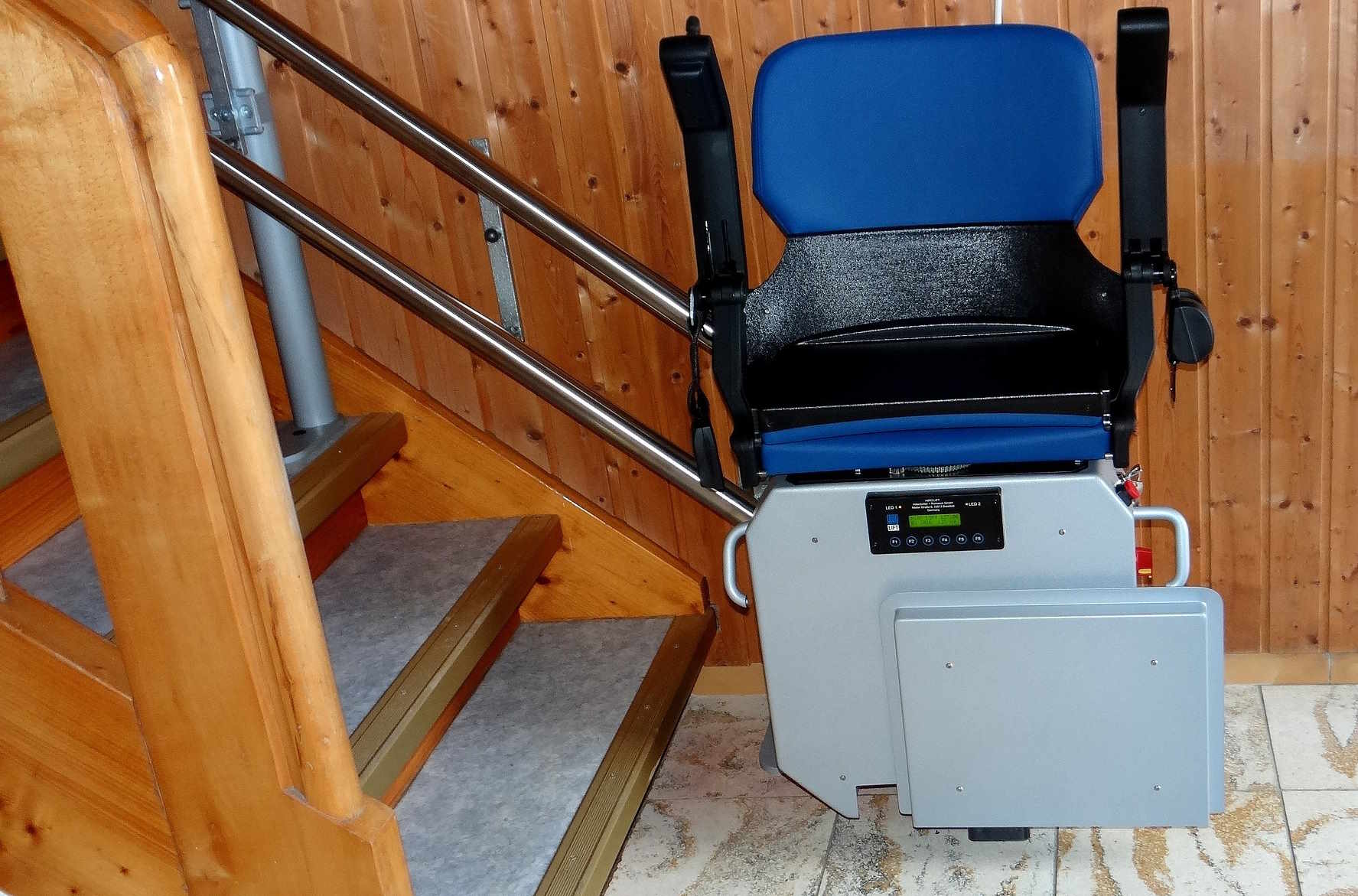Understanding common causes of persistent cough and runny nose
Persistent cough and a runny nose are widespread issues that affect people across all age groups. This concise overview outlines frequent causes—such as viral infections, allergies, and environmental irritants—highlights differences in pediatric and adult presentations, and summarizes practical symptom management strategies and indications for medical evaluation.

Persistent cough and runny nose can be frustrating and disruptive. These symptoms often arise together because the upper and lower airways respond to infection, irritation, or allergic triggers. A cough may be dry or productive with mucus, and a runny nose can vary from clear watery discharge to thicker, colored mucus when inflammation or secondary infection is present. Understanding likely causes, how symptoms present in pediatric and adult patients, and practical measures such as saline rinses, humidifier use, hydration, and targeted medications can help people manage symptoms while awaiting diagnosis or following a clinician’s advice.
This article is for informational purposes only and should not be considered medical advice. Please consult a qualified healthcare professional for personalized guidance and treatment.
What symptoms indicate persistent cough and runny nose?
A persistent cough often lasts more than a few weeks and may be accompanied by congestion, fever, throat clearing, or sputum production. Runny nose symptoms include continuous nasal drainage, sneezing, and postnasal drip that can irritate the throat and trigger coughing. In many cases mucus consistency and the presence of fever help narrow causes: clear mucus is common with viral infections or allergies, while yellow or green mucus and fever can suggest a bacterial component or intensified immune response. Pediatric patients may show additional signs such as feeding difficulty, increased irritability, or changes in sleep patterns.
What common causes lead to prolonged cold and congestion?
Viral upper respiratory infections are the most frequent cause of combined cough and runny nose; these include common cold viruses and sometimes early stages of influenza. Allergic rhinitis triggers similar symptoms without fever and often follows exposure to specific allergens. Other causes include sinusitis with prolonged nasal discharge and cough from postnasal drip, environmental irritants such as smoke or strong odors, and, less commonly, asthma or gastroesophageal reflux-related cough. Immunity plays a role: people with reduced immune defenses or repeated exposures may experience longer or recurrent symptoms.
When is medical diagnosis recommended?
If symptoms persist beyond 10 to 14 days, worsen, or are accompanied by high fever, shortness of breath, chest pain, or signs of dehydration, clinical diagnosis is advised. For pediatric patients, prolonged fever, difficulty breathing, poor feeding, or decreased alertness require prompt evaluation. Diagnosis typically begins with a symptom history and physical exam; clinicians may add nasal swabs, throat cultures, chest imaging, or blood tests when bacterial infection, influenza, or other complications are suspected. Accurate diagnosis helps determine whether expectorant or antitussive medications, saline therapy, or antibiotics are appropriate.
What treatment options reduce cough and mucus?
Treatment aims to relieve symptoms and address underlying causes. Saline nasal irrigation and saline sprays can reduce nasal congestion and clear mucus, lessening postnasal drip that provokes cough. Humidifiers add moisture to indoor air, which can soothe irritated airways and thin secretions. Expectorant medications may help loosen mucus in productive coughs so it can be expelled, while antitussive agents suppress dry, nonproductive coughs when sleep or comfort is a priority. Over-the-counter options vary, and pediatric dosing requires caution; consult a healthcare provider before giving medications to children.
How do hydration and rest support recovery?
Adequate hydration helps keep mucus thin and easier to clear, and resting supports the immune system’s ability to fight infection. Warm fluids—such as broths or herbal teas—can temporarily relieve throat irritation and promote mucus clearance. Sleep and reduced physical strain allow the body to allocate resources to immune responses. Combined with simple measures like hand hygiene and avoiding smoke or strong odors, hydration and rest are foundational, low-risk strategies that complement targeted therapies for congestion and cough.
How can recurrence be prevented and immunity supported?
Prevention focuses on reducing exposures and strengthening immunity. Regular handwashing, routine vaccinations where indicated, and minimizing contact with known allergens or pollutants can lower the risk of repeated infections. Nutritional support, adequate sleep, and managing chronic conditions such as asthma or allergic rhinitis help maintain more resilient airway defenses. For families seeking local services, primary care clinicians, pediatric clinics, and pharmacists can provide guidance on symptom management, diagnosis, and preventive strategies in your area.
In summary, persistent cough and runny nose commonly stem from viral infections, allergies, or irritants, and may progress to sinusitis or other complications in some cases. Evaluating symptom patterns, mucus characteristics, and associated signs such as fever or breathing difficulty helps guide diagnosis. Conservative measures—saline irrigation, humidifier use, adequate hydration, rest, and appropriate use of expectorant or antitussive medications—can ease symptoms while clinicians determine the best treatment plan for each patient.




